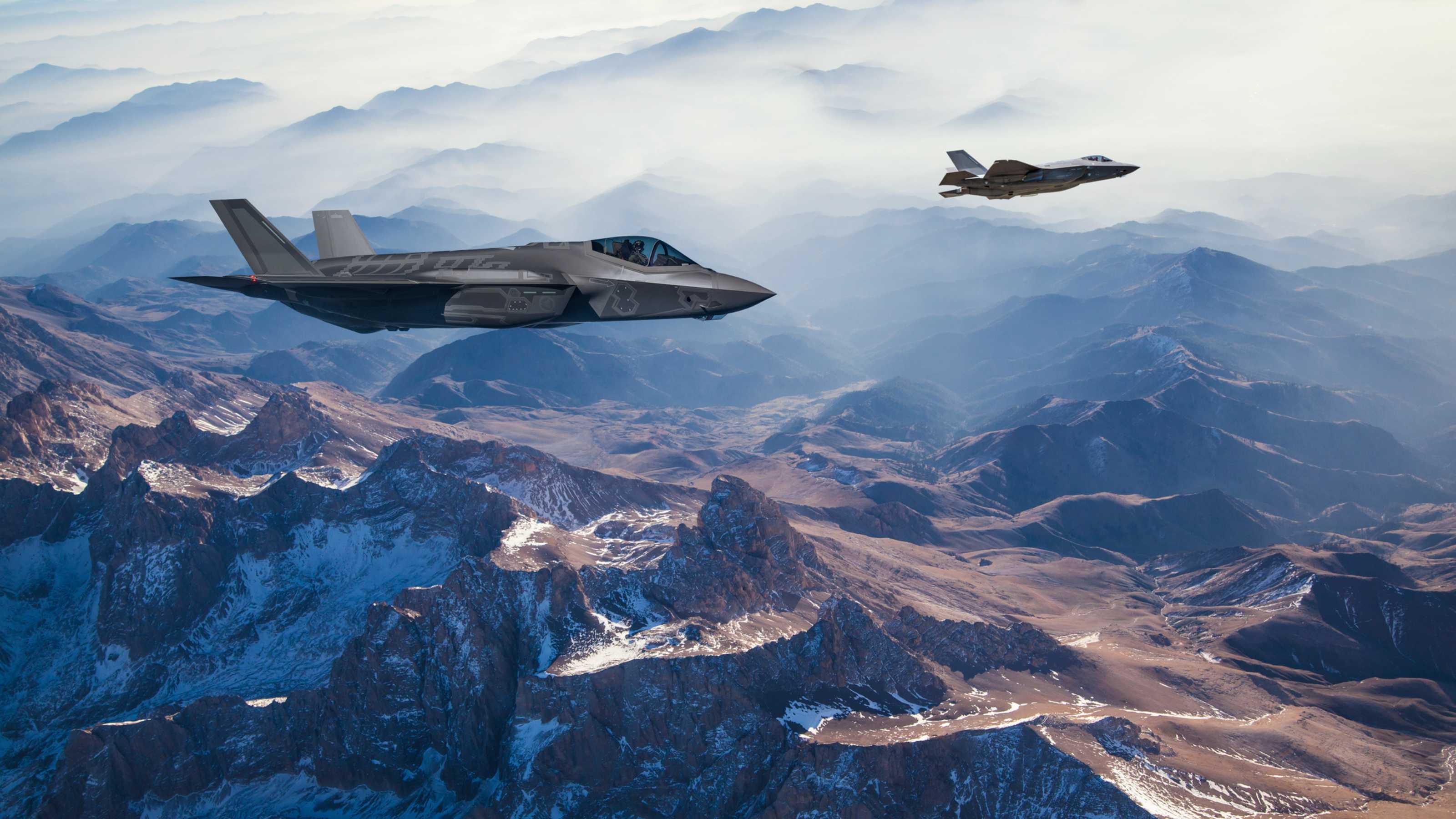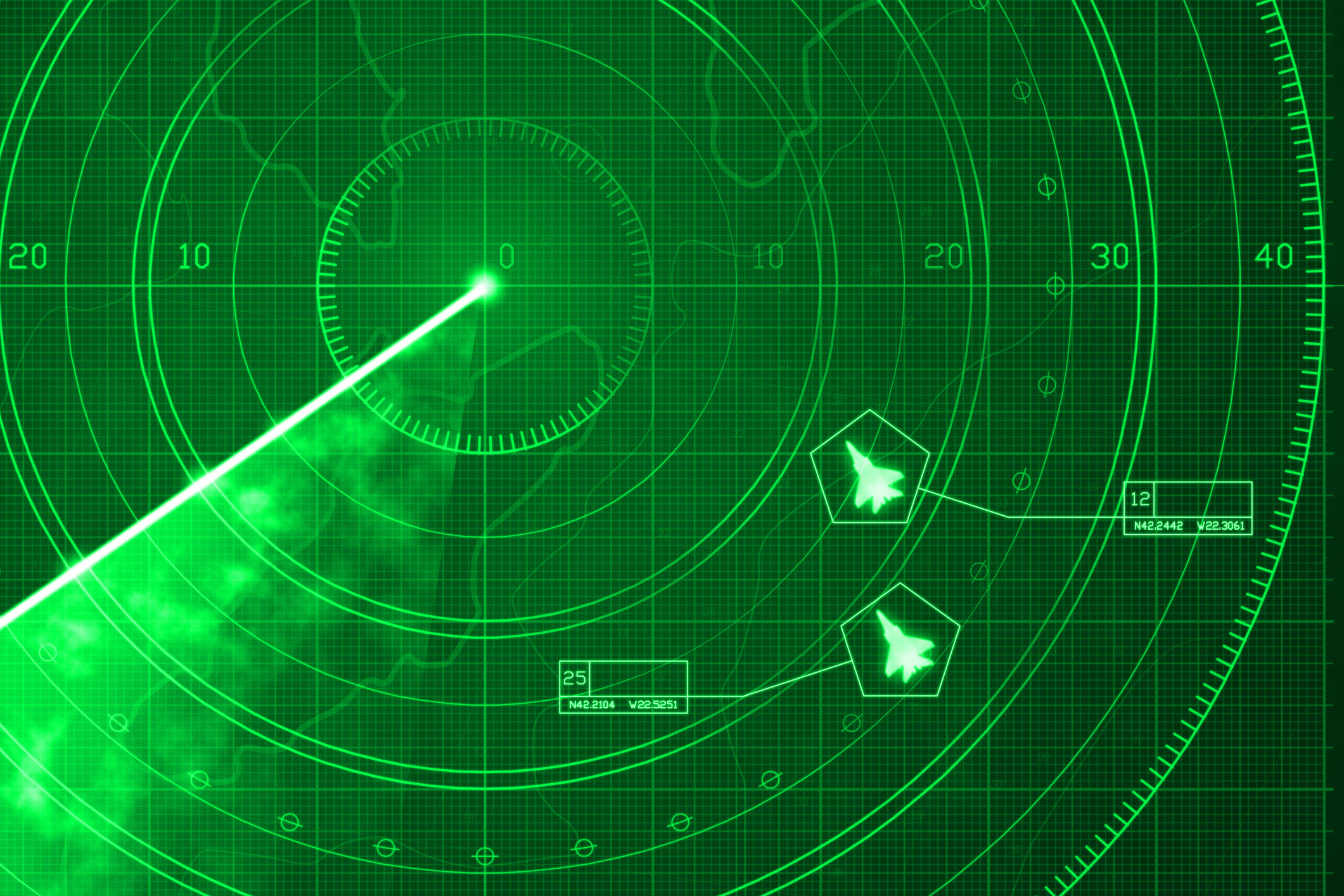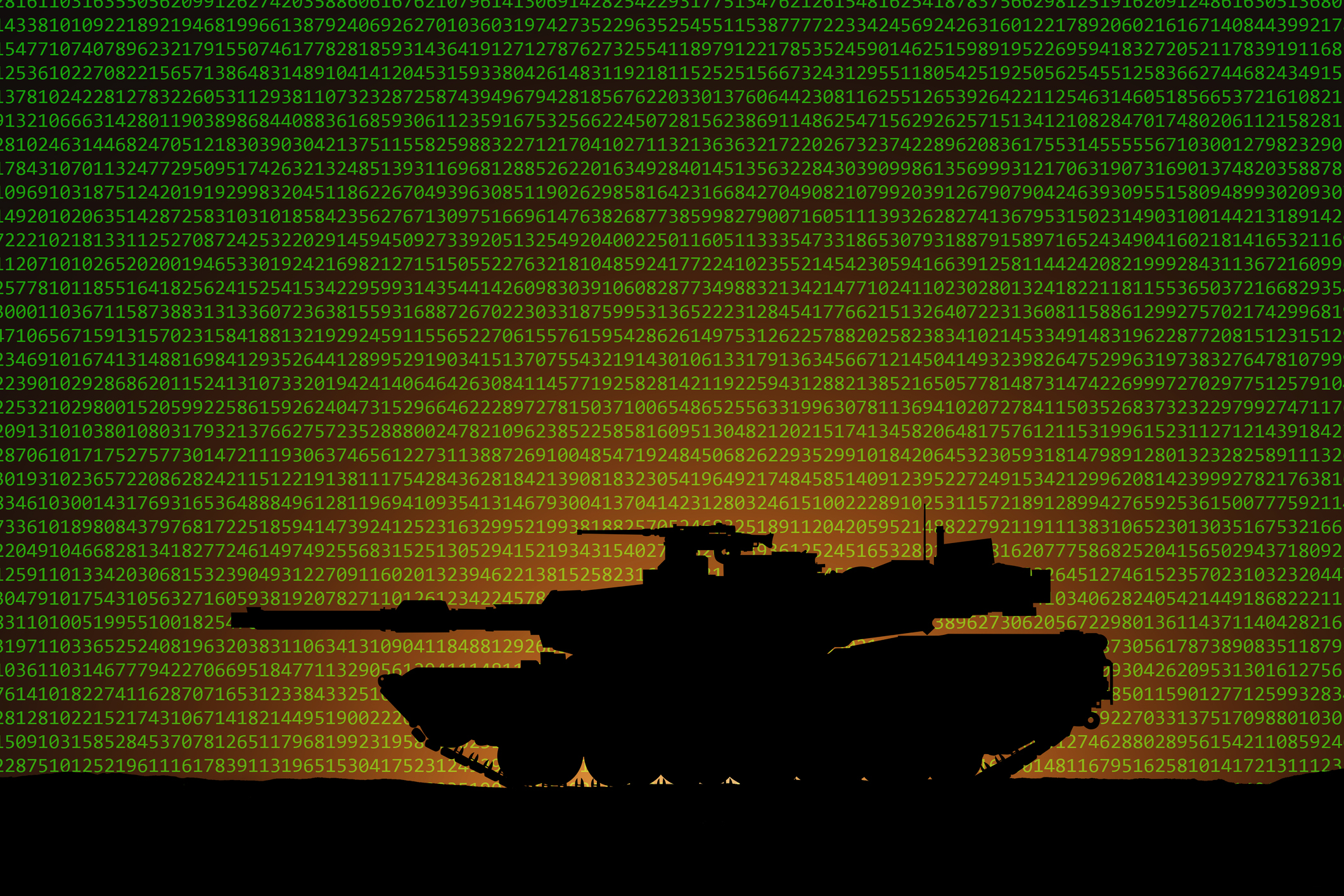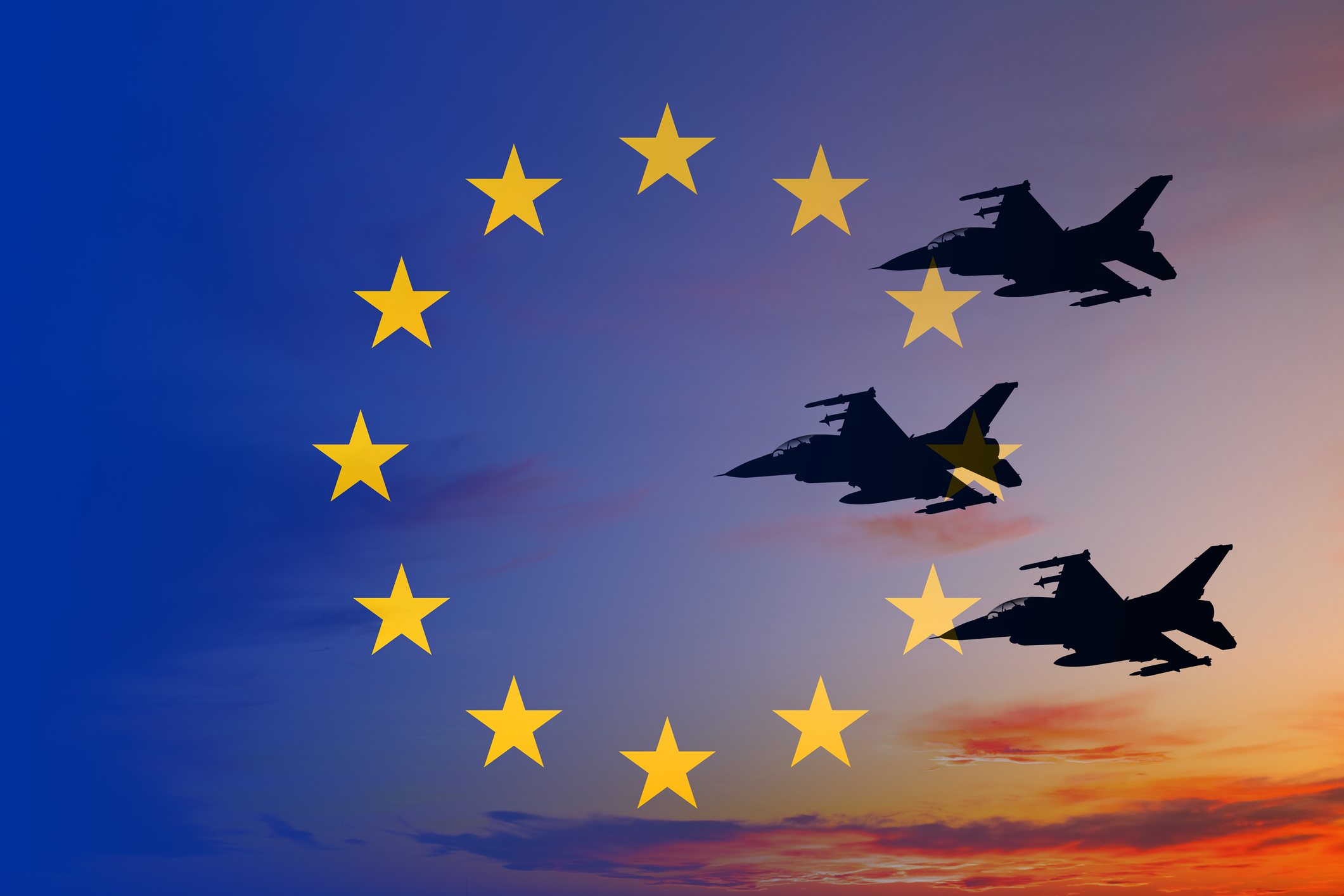The Best Aerospace and Defense ETFs to Buy
The best aerospace and defense ETFs can help investors capitalize on higher defense spending or hedge against the potential of a large-scale conflict.


Global tension are high heading into 2026. Russia's invasion of Ukraine has dragged on for nearly four years in a grinding war of attrition. And while Israel and Hamas agreed to a U.S.-brokered ceasefire in Gaza, friction remains.
Governments around the world have watched and acted. In late June, NATO, a military alliance of 32 countries including the U.S., Canada and most of Europe, held a periodic summit in The Hague.
Member nations agreed to significantly boost defense spending targets from the traditional 2% of gross domestic product (GDP) to 5%.
From just $107.88 $24.99 for Kiplinger Personal Finance
Become a smarter, better informed investor. Subscribe from just $107.88 $24.99, plus get up to 4 Special Issues

Sign up for Kiplinger’s Free Newsletters
Profit and prosper with the best of expert advice on investing, taxes, retirement, personal finance and more - straight to your e-mail.
Profit and prosper with the best of expert advice - straight to your e-mail.
This was likely influenced by ongoing concerns about Russian President Vladimir Putin's expansionist ambitions, alongside renewed pressure from a second Trump administration that has been vocally critical about America's outsized role in NATO.
Together, these developments have created strong tailwinds for aerospace and defense ETFs, which attracted significant inflows in 2024 and 2025.
Some investors are using these exchange-traded funds as a hedge against geopolitical instability, while others see them as a way to benefit from a surge in global military spending.
But not all aerospace and defense ETFs are created equal. Before you invest, it's important to understand how each fund selects and weights its holdings, because those choices can drive very different performance outcomes.
What goes into an aerospace and defense ETF?
Aerospace and defense ETFs might sound like a narrow niche, but their holdings can be surprisingly diverse. These funds aren't just filled with companies that make fighter jets and missiles, though those are certainly represented.
The industry includes a wide mix of manufacturers, suppliers, service providers and contractors that support defense and aerospace operations in different ways.
A large portion of most defense ETFs is typically allocated to major prime contractors, which are the big companies that build complete weapons systems and platforms. The "Big 5" include:
Lockheed Martin (LMT), maker of the F-35 fighter jet, Black Hawk helicopters and HIMARS rocket systems.
RTX (RTX), formerly Raytheon, produces the Patriot missile defense system, as well as the Tomahawk cruise missile.
Northrop Grumman (NOC) is responsible for the B-21 Raider stealth bomber and various missile defense systems.
Boeing (BA) supplies military aircraft such as the F/A-18 Super Hornet and the AH-64 Apache attack helicopter.
General Dynamics (GD) builds Abrams tanks, Stryker armored vehicles and Virginia-class nuclear submarines.
These companies dominate U.S. defense procurement and lobbying efforts. They design and deliver the complete platforms that make up much of modern militaries' arsenals.
But many other aerospace and defense firms play a more specialized role, supplying key components rather than full systems. For example:
GE Aerospace (GE) primarily manufactures jet engines for both military and commercial aircraft.
L3Harris Technologies (LHX) focuses on defense electronics, communications systems and space sensors.
TransDigm Group (TDG) supplies highly engineered aircraft components such as actuators, ignition systems and cockpit controls used in both military and commercial platforms.
Some major names in the space aren't pure plays. They might be large industrial conglomerates with a significant, but not exclusive, focus on defense.
Honeywell International (HON) is a good example. While it provides avionics, navigation and surveillance systems to the military, it also has major operations in industrial automation and building technologies.
Aerospace and defense exposure isn't limited to the U.S., either. Europe is in the midst of a rearmament push, and many regional contractors are drawing more investor attention:
Rheinmetall (Germany) makes tanks, artillery and ammunition systems.
Leonardo (Italy) supplies helicopters, aircraft and electronics.
Saab (Sweden) produces the Gripen fighter jet and radar systems.
Dassault Aviation (France) builds the Rafale multirole combat aircraft.
BAE Systems (U.K.) offers a wide portfolio spanning land, sea, air and cyber.
Some aerospace and defense ETFs might cast the net even wider by including cybersecurity, surveillance and intelligence contractors. These firms don't manufacture physical weapons, but play an increasingly vital role in modern defense:
Booz Allen Hamilton (BAH) provides consulting and technology solutions to the Pentagon and intelligence agencies.
Palantir Technologies (PLTR) develops data analytics platforms used for military intelligence, targeting and situational awareness.
Depending on the ETF, the definition of "defense" can stretch beyond tanks and aircraft to include the digital backbone of national security. That's why it pays to look closely at what each fund holds.
How we chose the best aerospace and defense ETFs
We started by excluding leveraged and inverse ETFs, which are designed for short-term trading and aren't suitable for long-term investors. We focused on long-only funds that offer unleveraged exposure to the aerospace and defense sector.
To ensure cost efficiency and ease of trading, we capped expense ratios at 0.60% and required a 30-day median bid-ask spread below 0.25%. We also set a minimum $500 million in assets under management (AUM) to reduce the risk of fund closure and ensure sufficient scale and investor interest.
These screens helped us identify funds that are reasonably priced, liquid and built to last. These are key attributes for anyone looking to invest in the long-term trends driving defense and aerospace spending.
iShares U.S. Aerospace & Defense ETF

- Assets under management: $12.0 billion
- Expense ratio: 0.38%
- 30-day median bid-ask spread: 0.07%
The iShares U.S. Aerospace & Defense ETF (ITA) has one of the longest track records in the category, having launched in May 2006.
It tracks the Dow Jones U.S. Select Aerospace & Defense Index and holds a concentrated portfolio of 38 domestic companies. Due to its size and longevity, it's often considered the default option for many investors in this space.
However, ITA is weighted by market cap, which creates notable imbalances. GE Aerospace makes up 22.2% of the portfolio, followed by RTX at 16% and Dow Jones stock Boeing at 7.4%.
After that, allocations drop off quickly, with Howmet Aerospace (HWM) being the fourth-largest holding at just 4.8%.
Learn more about ITA at the iShares provider site.
Invesco Aerospace & Defense ETF

- Assets under management: $6.6 billion
- Expense ratio: 0.58%
- 30-day median bid-ask spread: 0.06%
The Invesco Aerospace & Defense ETF (PPA) tracks the SPADE Defense Index, a bespoke benchmark developed by a defense-focused analyst firm rather than a major index provider.
While the index has historical data going back to December 1997, PPA itself launched in October 2005, giving it a slightly longer track record than ITA.
PPA uses a modified market-cap weighting approach that limits the influence of the largest companies. This helps avoid overexposure to diversified firms in which defense is just one business segment, resulting in a more balanced portfolio.
While it shares many holdings with ITA, it is notably less top-heavy.
Learn more about PPA at the Invesco provider site.
SPDR S&P Aerospace & Defense ETF

- Assets under management: $3.6 billion
- Expense ratio: 0.35%
- 30-day median bid-ask spread: 0.06%
The SPDR S&P Aerospace & Defense ETF (XAR) tracks the S&P Aerospace & Defense Select Industry Index.
Instead of being weighted by market cap, XAR's benchmark uses an equal-weight methodology that gives each holding roughly the same allocation regardless of if they're a large-cap stock or a small-cap stock. This reduces concentration risk and prevents the biggest contractors from dominating the portfolio.
XAR currently holds 40 companies, with the top positions reflecting recent outperformers between rebalancing cycles.
Its equal weighting also increases exposure to small- and mid-cap stocks, which tend to be more concentrated in the aerospace segment than pure defense.
Learn more about XAR at the SPDR provider site.
Global X Defense Tech ETF

- Assets under management: $5.0 billion
- Expense ratio: 0.50%
- 30-day median bid-ask spread: 0.06%
The Global X Defense Tech ETF (SHLD) launched in September 2023 and quickly gained traction, posting a 66% annualized return since inception as of September 30, 2025.
SHLD tracks the proprietary Global X Defense Tech Index, which takes a broader approach than traditional aerospace-heavy ETFs such as ITA, PPA or XAR. Rather, it focuses more on military hardware and defense technology than on commercial aerospace.
Common holdings with ITA, PPA and XAR include names such as Lockheed Martin, RTX and General Dynamics. But SHLD expands beyond the U.S., with exposure to European defense firms such as Leonardo, Rheinmetall and Thales.
Notably, it has a strong focus on intelligence, with Palantir Technologies coming in as its third-largest holding.
Learn more about SHLD at the Global X provider site.
Select STOXX Europe Aerospace & Defense ETF

- Assets under management: $1.1 billion
- Expense ratio: 0.50%
- 30-day median bid-ask spread: 0.14%
The Select STOXX Europe Aerospace & Defense ETF (EUAD) offers an internationally focused alternative to U.S.-centric funds such as ITA, PPA or XAR.
It tracks the STOXX Europe Total Market Aerospace & Defense Index and includes only European-listed companies or American depositary receipts (ADRs) that generate at least 50% of their revenue from aerospace and defense.
EUAD is filled with top European stocks including Airbus, Rheinmetall, BAE Systems, Thales and Leonardo. Rolls-Royce is also among its holdings, which, in addition to its automotive legacy, is a major manufacturer of aircraft engines.
Through October 31, the fund is up 83% year to date, driven by strong inflows amid growing interest in Europe's rearmament efforts.
Learn more about EUAD at the STOXX provider site.
Related content
Profit and prosper with the best of Kiplinger's advice on investing, taxes, retirement, personal finance and much more. Delivered daily. Enter your email in the box and click Sign Me Up.
Tony started investing during the 2017 marijuana stock bubble. After incurring some hilarious losses on various poor stock picks, he now adheres to Bogleheads-style passive investing strategies using index ETFs. Tony graduated in 2023 from Columbia University with a Master's degree in risk management. He holds the Certified ETF Advisor (CETF®) designation from The ETF Institute. Tony's work has also appeared in U.S. News & World Report, USA Today, ETF Central, The Motley Fool, TheStreet, and Benzinga. He is the founder of ETF Portfolio Blueprint.
-
 A Contrarian Approach Pays Off for This Bond Fund
A Contrarian Approach Pays Off for This Bond FundThe Dodge & Cox Income Fund has outperformed in 2025 thanks to its managers' fearless approach.
-
 How AI Is Changing the Way Americans Spend on Live Events
How AI Is Changing the Way Americans Spend on Live EventsAI bots are reshaping ticket prices, resale markets and how fans shop. Here's what it means for your wallet and how to get the best deals on concerts, sports and shows.
-
 7 Outrageous Ways Retirees Can Invest Their Money in 2026
7 Outrageous Ways Retirees Can Invest Their Money in 2026Stocks and bonds aren't the only ways to invest your retirement "fun money."
-
 A Contrarian Approach Pays Off for This Bond Fund
A Contrarian Approach Pays Off for This Bond FundThe Dodge & Cox Income Fund has outperformed in 2025 thanks to its managers' fearless approach.
-
 7 Outrageous Ways Retirees Can Invest Their Money in 2026
7 Outrageous Ways Retirees Can Invest Their Money in 2026Stocks and bonds aren't the only ways to invest your retirement "fun money."
-
 7 Creative Ways to Spend Less and Save More In Retirement, Courtesy of a Financial Pro
7 Creative Ways to Spend Less and Save More In Retirement, Courtesy of a Financial ProWorried you won't have enough money later in life? Try redesigning your vision of retirement, and you may find your savings go further than you thought.
-
 I'm an Annuities Pro: This Is How You Can Cover the Income Gap While Your Social Security Benefits Grow
I'm an Annuities Pro: This Is How You Can Cover the Income Gap While Your Social Security Benefits GrowTaking Social Security later results in higher future income, but that can create an income gap. Annuities can boost income until you file for benefits.
-
 Stocks Extend Losing Streak After Fed Minutes: Stock Market Today
Stocks Extend Losing Streak After Fed Minutes: Stock Market TodayThe Santa Claus Rally is officially at risk after the S&P 500's third straight loss.
-
 Where to Stash Cash as Yields Fall, According to Advisers
Where to Stash Cash as Yields Fall, According to AdvisersYour best options depend on how soon you'll need the money and your tolerance for risk.
-
 Best Mutual Funds to Invest In for 2026
Best Mutual Funds to Invest In for 2026The best mutual funds will capitalize on new trends expected to emerge in the new year, all while offering low costs and solid management.
-
 If You'd Put $1,000 Into 3M Stock 20 Years Ago, Here's What You'd Have Today
If You'd Put $1,000 Into 3M Stock 20 Years Ago, Here's What You'd Have TodayMMM stock has been a pit of despair for truly long-term shareholders.
